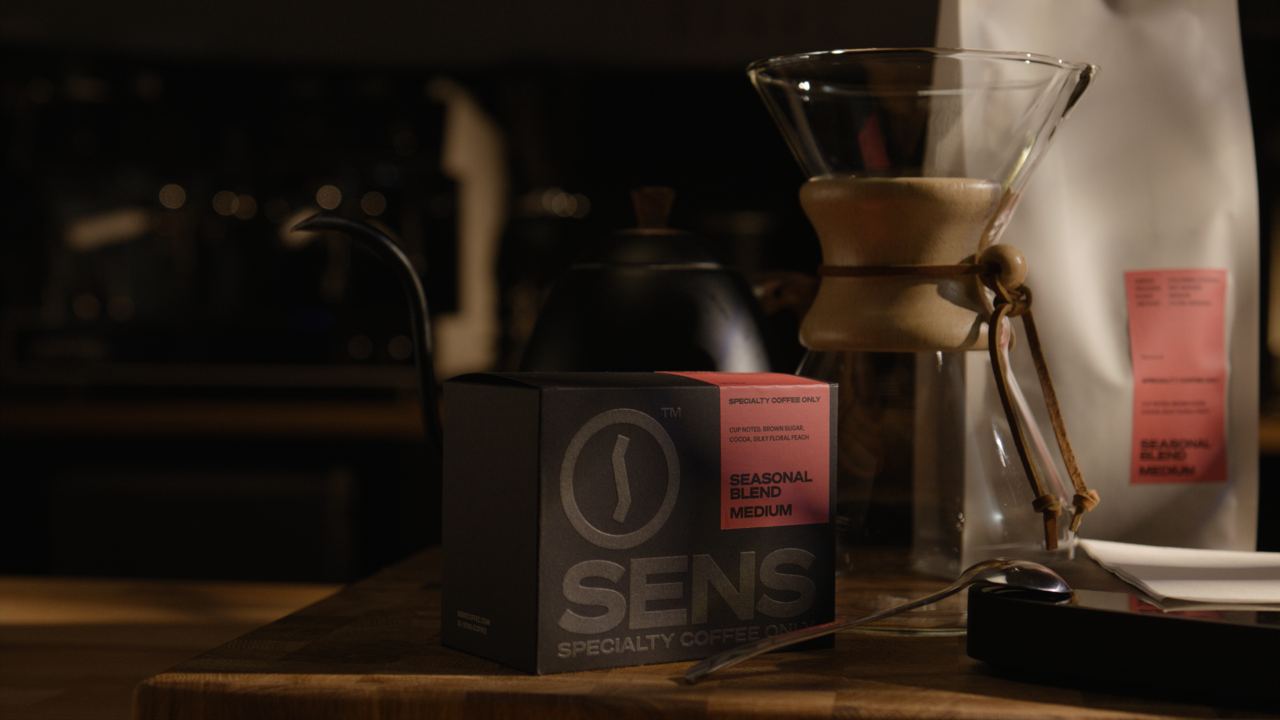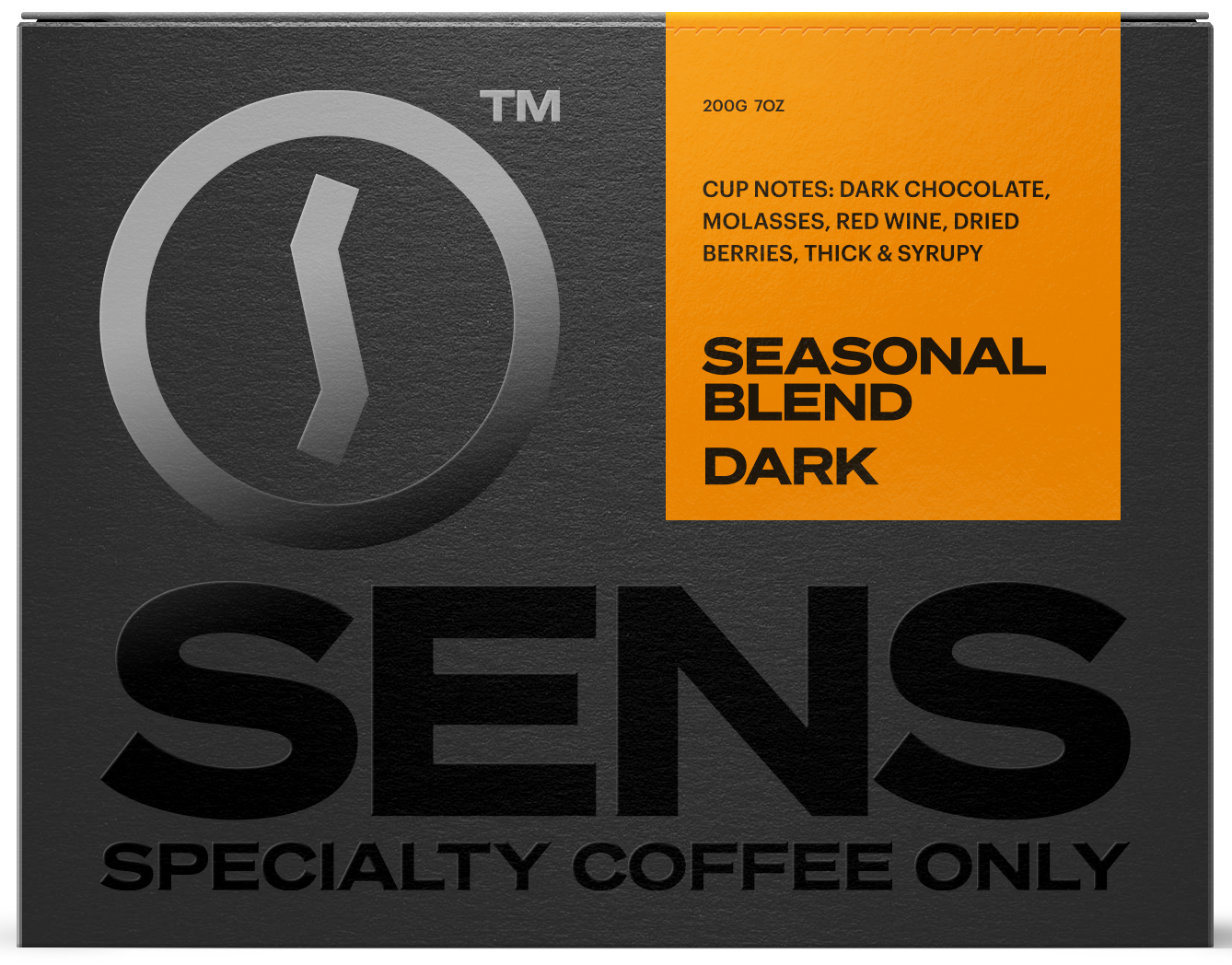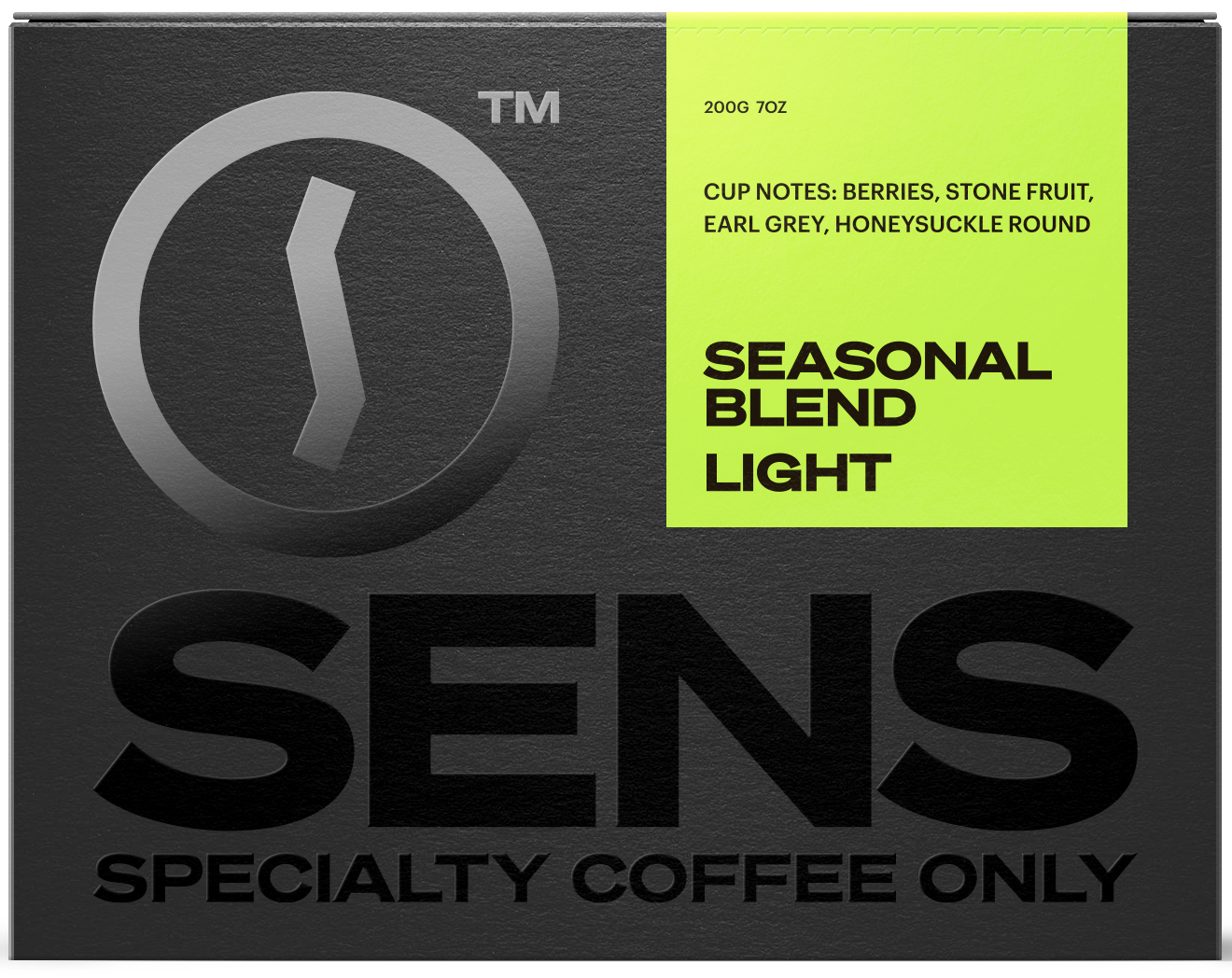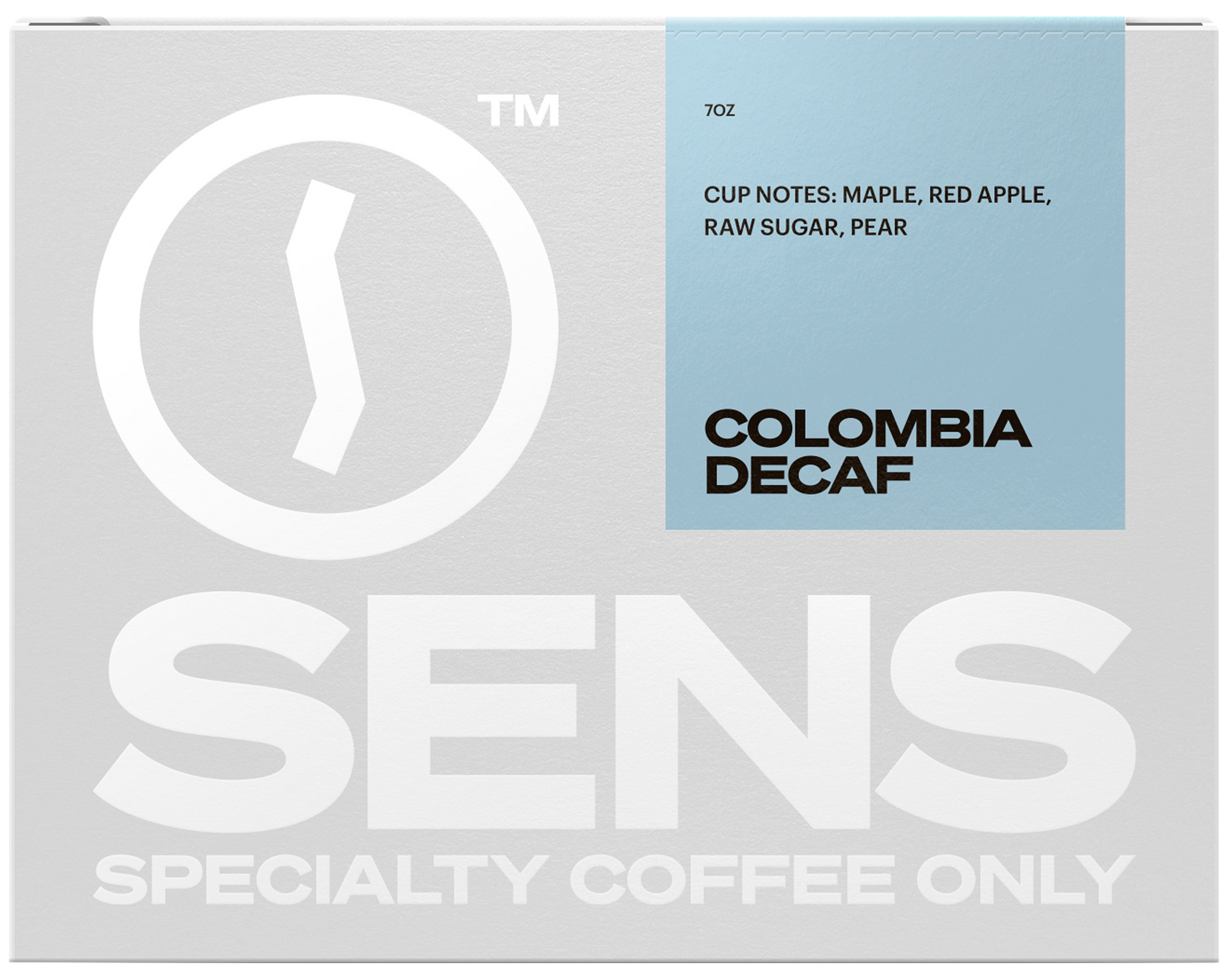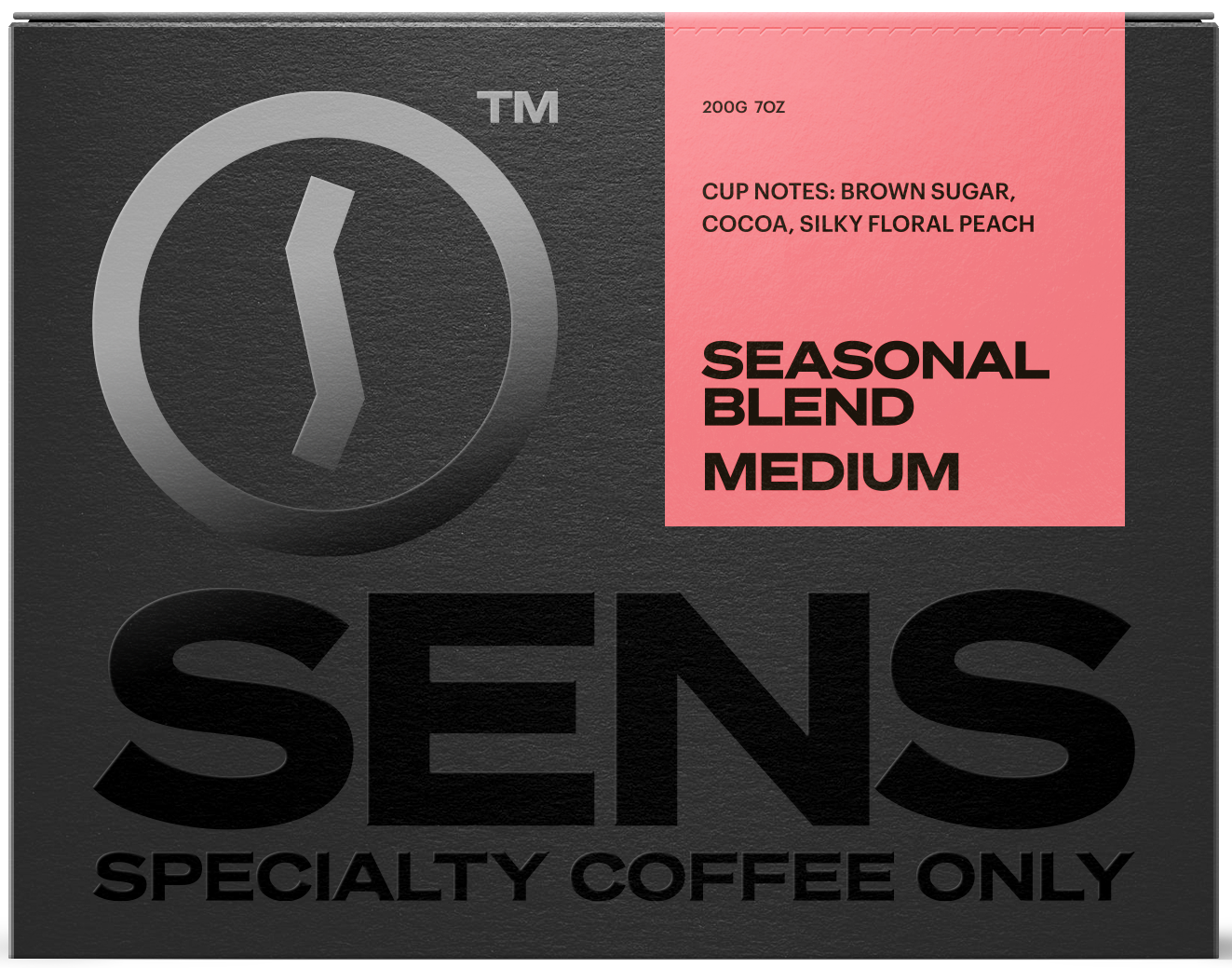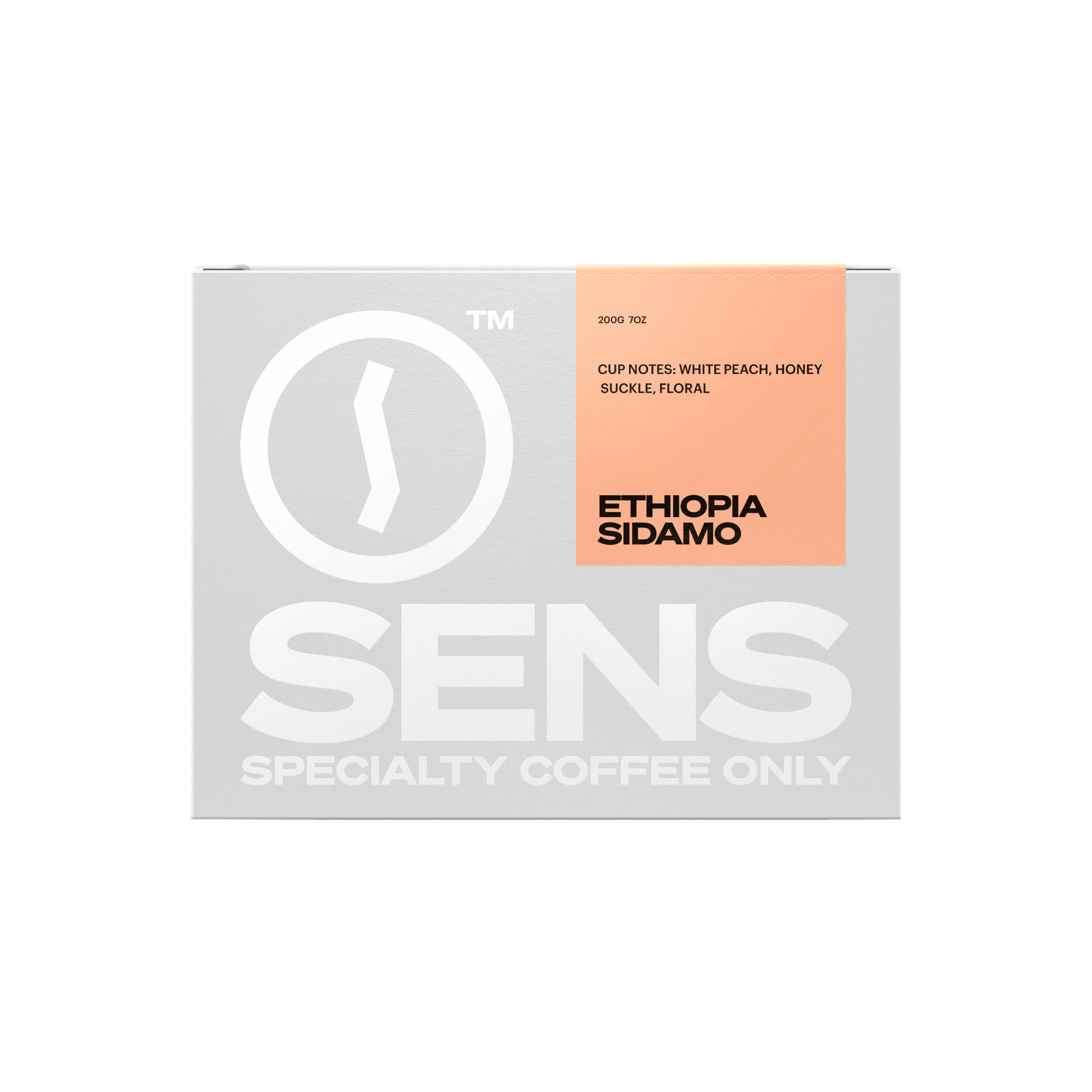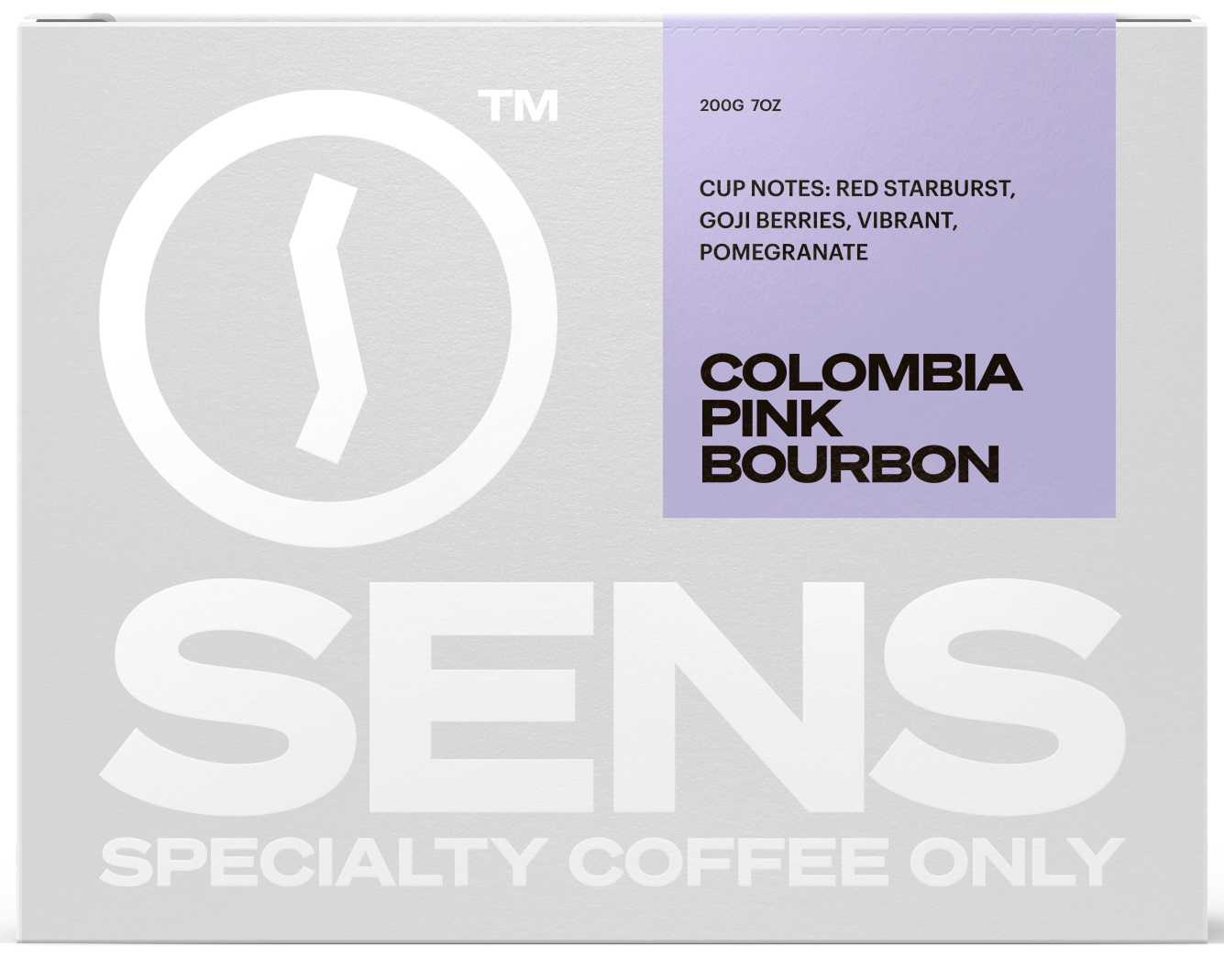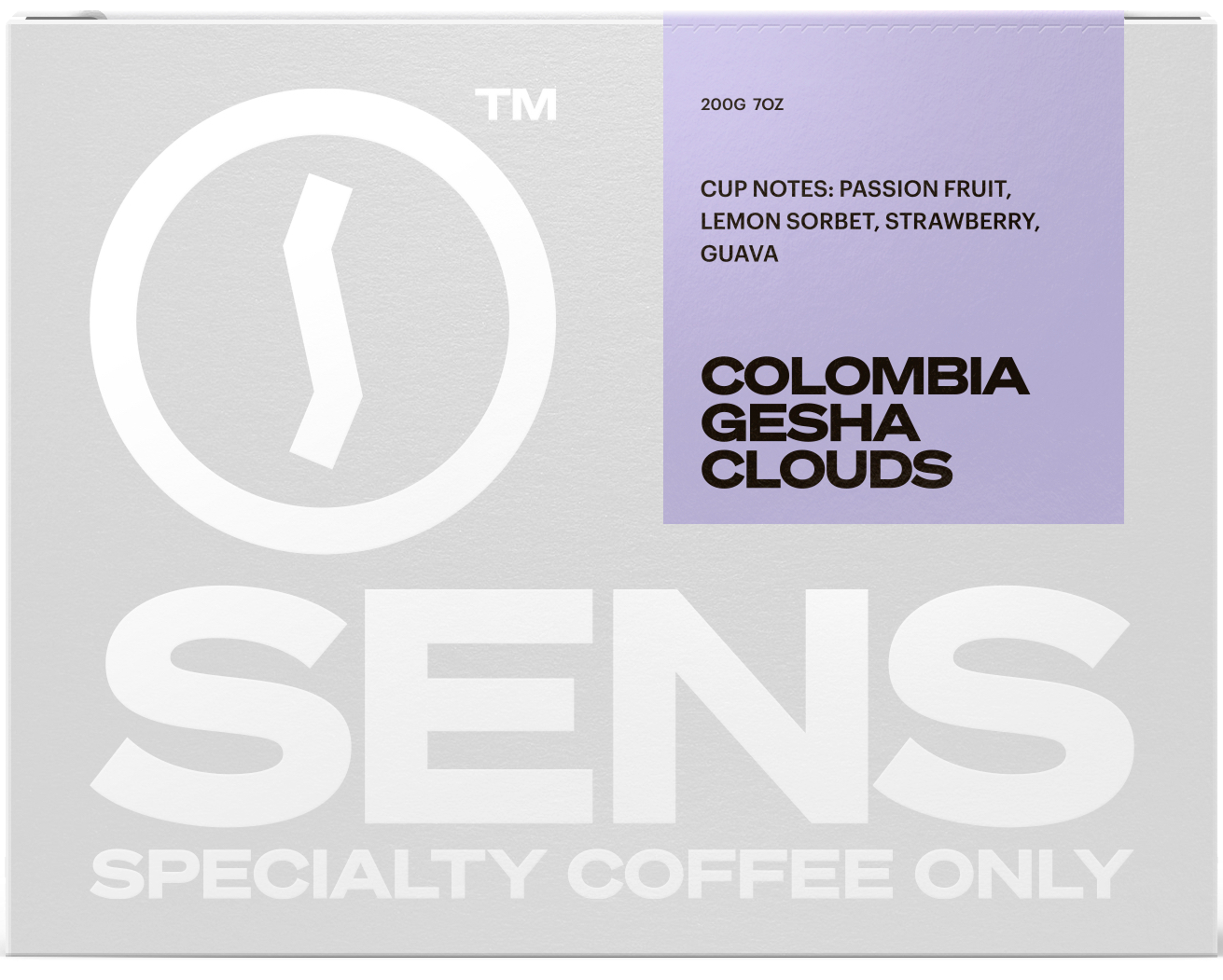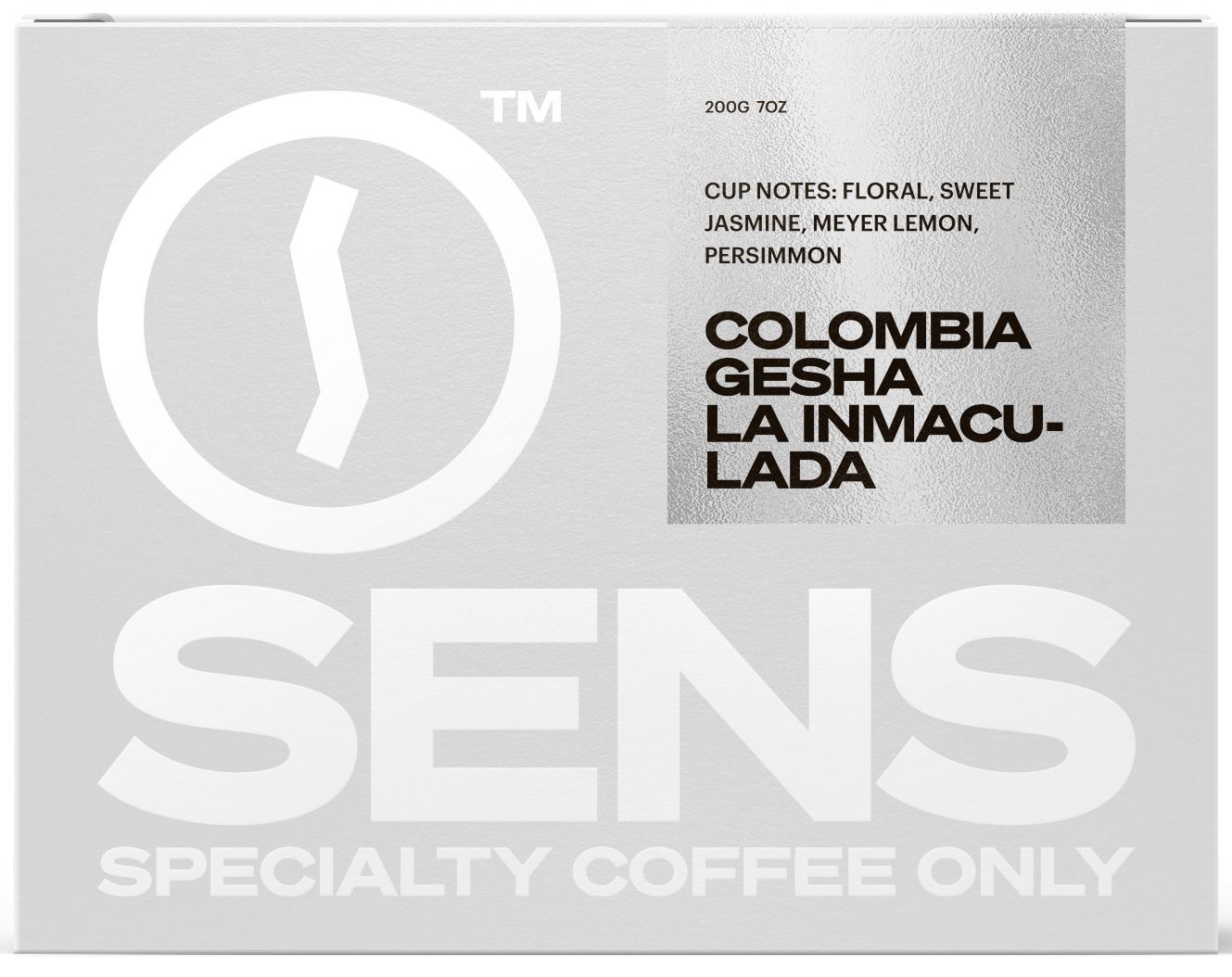December 18, 2024
Westrock Coffee is proud to announce that its Raíz Sustainability initiative has been recognized by the Global Coffee Platform (GCP) as equivalent to the Coffee Sustainability Reference Code (Coffee SR Code) under the 2nd party assurance category. This recognition underscores Westrock Coffee’s dedication to promoting sustainability across the coffee supply chain.
“We are thrilled to receive GCP’s recognition,” said Brooke Cantrell, Vice President of Sustainability for Westrock Coffee Company. “Raíz Sustainability exemplifies our vision for a sustainable future in the coffee industry. This recognition reinforces our commitment to providing farmers with the support they need on their sustainability journeys and allows us to join a collective of GCP-recognized programs driving sustainable change in our industry.”
The Coffee SR Code was developed to align the coffee sector around essential sustainability practices and principles, addressing economic, social, and environmental aspects of coffee production. By completing GCP’s Equivalence Mechanism Process, Westrock’s Raíz initiative has demonstrated adherence to practices and principles consistent with the Coffee SR Code.
### Equivalence Mechanism Process
GCP’s Equivalence Mechanism involves a rigorous assessment of operational criteria to ensure that Raíz and other sustainability programs maintain credibility and effectiveness. These criteria include governance, standard-setting, assurance, data management, and claims requirements. To ensure integrity, GCP collaborates with the International Trade Centre (ITC) during the evaluation process.
“The recognition of Raíz as equivalent to the Coffee SR Code’s 2nd party assurance represents a significant milestone,” added Cantrell. “This alignment allows Raíz’s boots-on-the-ground approach to sustainable supply chains to integrate seamlessly with an industry-wide reference standard. It’s a step forward for Westrock Coffee, our customers, and the farmer partners who work alongside us.”
Commitment to Sustainability
The acknowledgment of Raíz adds to the growing list of sustainability initiatives recognized by GCP, fostering a unified approach to sustainability within the coffee sector. As part of GCP’s recognized programs, Westrock Coffee’s Raíz Sustainability initiative exemplifies transparency and collaboration, ensuring sustainability principles are integrated across its sourcing processes.
For more information about Westrock Coffee and the Raíz Sustainability initiative, visit [westrockcoffee.com](https://www.westrockcoffee.com).
About Westrock Coffee Company
Westrock Coffee is a leading provider of integrated coffee, tea, flavors, extracts, and ingredient solutions in the United States. The company specializes in coffee sourcing, supply chain management, product development, roasting, packaging, and distribution services for industries including retail, foodservice, convenience stores, hospitality, and more. Operating in 10 countries and sourcing coffee and tea from 35 origin countries, Westrock Coffee is committed to sustainable and responsible practices. Learn more at [WestrockCoffee.com](https://www.westrockcoffee.com).
Forward-Looking Statements
This announcement contains forward-looking statements under the Private Securities Litigation Reform Act of 1995. These statements, while not guarantees of future performance, reflect Westrock Coffee’s current expectations and are subject to risks and uncertainties. Factors that could cause actual results to differ materially include market conditions, operational challenges, and risks detailed in Westrock Coffee’s filings with the SEC. Westrock Coffee does not undertake any obligation to update forward-looking statements except as required by law. Readers are encouraged to review these filings for a detailed discussion of potential risks.




